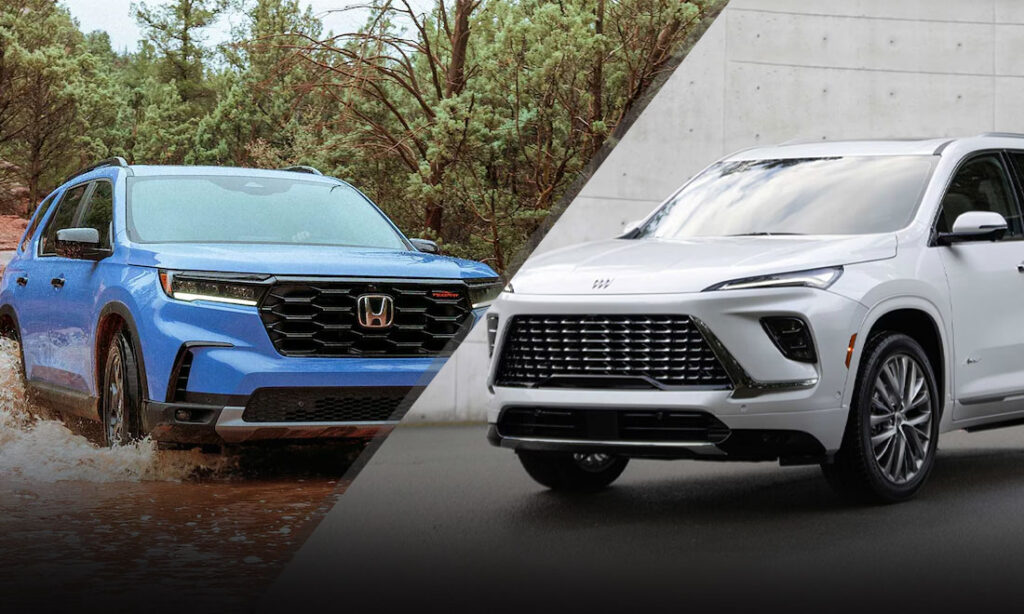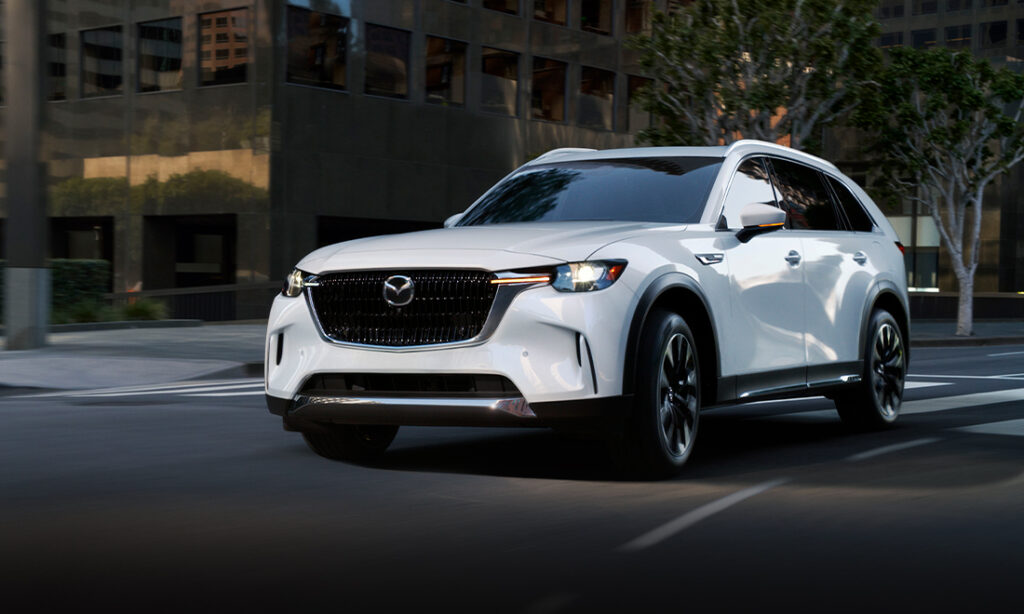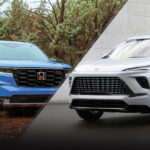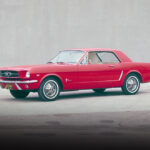Classic Clash: Datsun 240Z vs Jaguar E-Type
The Jaguar E-Type was a British sports car and the Datsun 240Z was emulating a British sports car. Which of these classic coupes still holds up?
Similar Body Lines, Different Countries

The Jaguar E-Type Series 1, otherwise known as the XK-E, was introduced to the car world in 1961. A six-cylinder engined fastback coupe with elegant curves that stands as a direct example of British engineering and car design. Enzo Ferrari of racing and car manufacturing fame gave the E-Type high praise, calling it “the most beautiful car in the world.” Not only did it look good, but it had the performance to back it up. Jaguar advertised that the model could reach speeds in excess of 150 mph (even though models would only hit 140 mph at most), had front and rear disc brakes, and a fully independent suspension.
The Jaguar E-Type was highly regarded around the world, but it also came at a high price and in limited quantities. Nissan had just entered the car game and had admired the British car designs that were imported to Japan. Their first sports car design came in the form of the Fairlady 1600 Roadster, a small sports coupe that took similar design cues from MGB and Triumph models. Nissan (and a guy called Mr.K) once again took inspiration from British car design and then took it a step further. In 1969, the world was introduced to an affordable performance sports car known as the Fairlady Z, otherwise known in America as the Datsun 240Z.
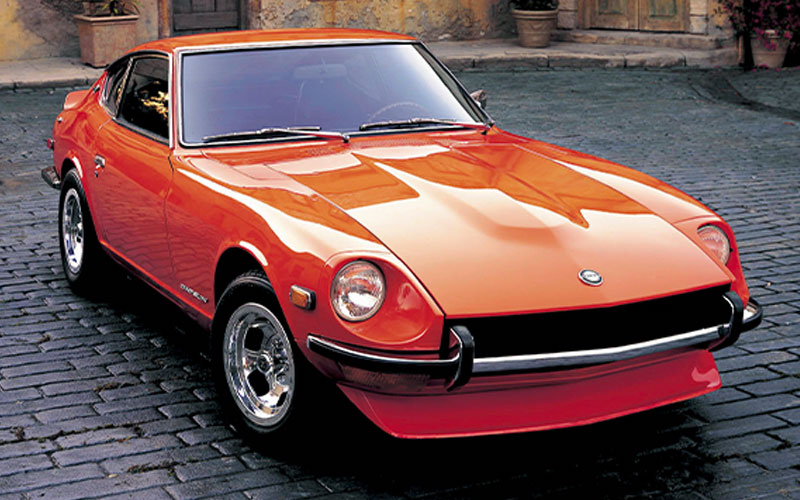
The Datsun 240Z took some inspiration from the Jaguar E-Type. It had a similar headlight design, a similar bump in the hood, and it carried a toned-down version of the same body lines. The Datsun 240Z also carried some sports performance aspects similar to the E-Type, although not as illustrious. It had a fully independent suspension, an inline six-cylinder engine that could hit 125 mph, and front disc brakes with drums in the rear. I’m not trying to say the Datsun is a direct rip off of the E-Type, but it very much targeted the same market. The big selling point for the 240Z was that it was a fun sports car that was much more affordable than its competition.
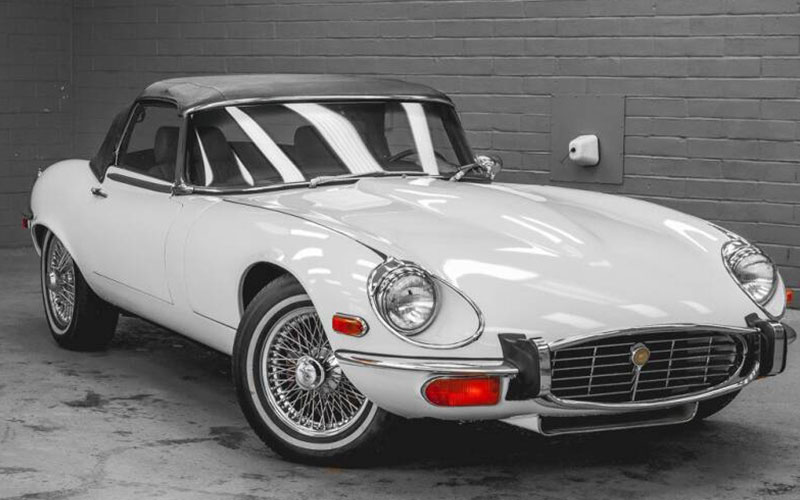
Not to be outdone in the early ‘70s by someone emulating their product, Jaguar introduced the E-type Series 3, also known as the V-12. It was a complete overhaul that further massaged the E-Type into a more potent sports car on the road. So, does the Datsun 240Z stack up against the Jaguar E-Type Series 3 of the ‘70s? They’re both similar in style and both have notable racing success, but which one really is the one to own back then or even today?
Datsun 240Z vs Jaguar E-Type Under the Hood
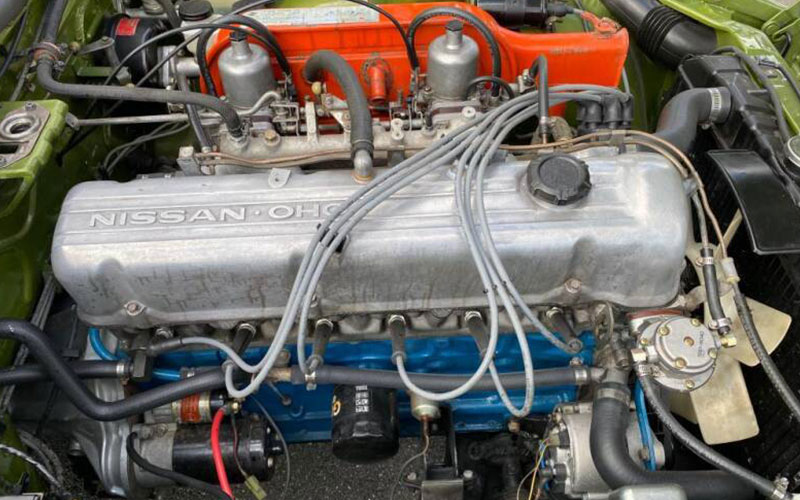
Under the hood of the Datsun 240Z you’ll find a 2.4-liter L24 inline six-cylinder engine. It made 151 horsepower, 146 lb-ft of torque, and reached 60 mph in 8 seconds. Not too bad of numbers for an imported sports car, but obviously a little underwhelming in comparison to the powerful muscle cars of the time. While it wasn’t beating American muscle cars at the dragstrip, it did beat them at the fuel pump since it was capable of over 20 mpg back in the early ‘70s.
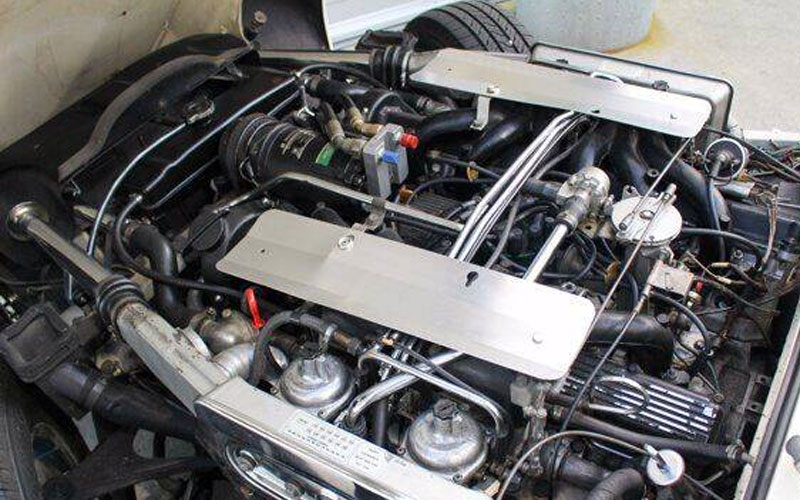
Now the Jaguar E-Type Series 3 took a different approach. After lifting the bonnet on this British sports car, you’ll be met with a beautifully engineered 5.3-liter Jaguar V12 engine that put out 275 horsepower and 295 lb-ft of torque. This V12 sent the E-Type to 60 mph in 6.4 seconds and allowed it to reach a top speed of 148 mph. That’s quicker and faster than a Ford Mustang with a 429 Boss V8 of the same time. But, much like the muscle cars the E-Type was overtaking it, the British sports car reached an abysmal fuel economy of around 13 mpg.
Driving Sports Cars in Their Natural Environment

The Datsun 240Z was made for sports car enthusiasts of time and sold at a reasonable price for consumers, but this didn’t mean that the car lacked in driving quality. Driving a 240Z is a pleasurable experience, especially through the turns. Its independent suspension coupled with a near perfect 50/50 weight distribution carries the car around corners with ease. There’s slight oversteer, but not enough that the car fully brings its tail around. The main complaint as far as driving a Datsun 240Z would be that if there’s bumps in the road, you’re going to feel every one of them. While the model had seen some rally car success in the East African Rally, that off-road prowess didn’t translate to consumer models.
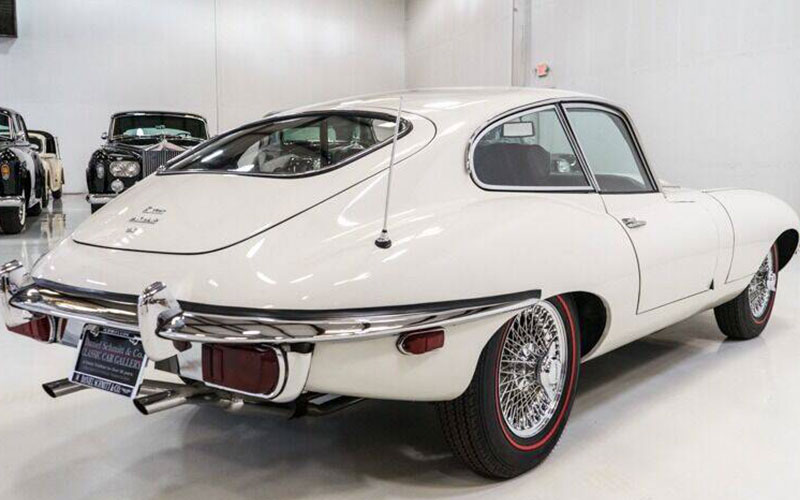
Driving a Jaguar E-Type Series 3 is something of an experience in itself. While the Series 3 isn’t the original E-Type everyone fauns over, it is probably the best driving version you can get your hands on. The car’s handling is super smooth, the power is easily manageable, and it really makes the driver enjoy driving. The independent suspension keeps the car planted on the road and handles minor bumps in the road effortlessly. While the cars suspension performs well, its best suited on paved roads as that’s where this British icon excels. Its racing heritage stems from track events like the SCCA series and that experience shines through on the ones sold to the public.
Datsun 240Z Interior or Jaguar E-Type Interior
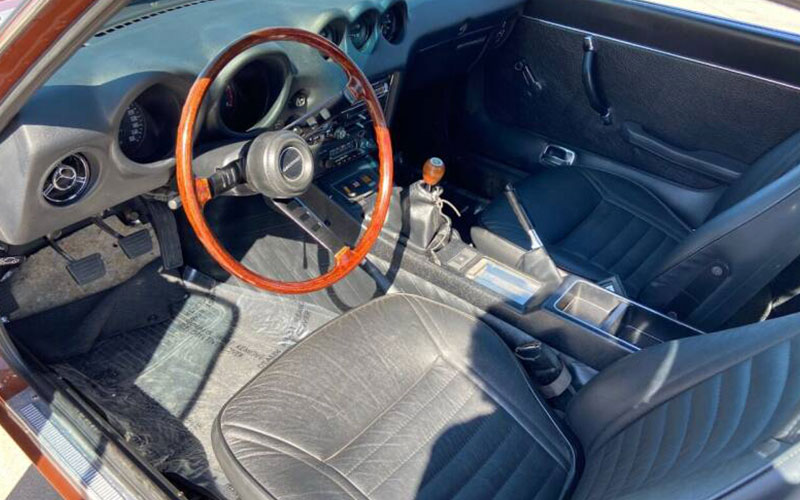
Datsun 240Z models only came in one seating setup and that was a 2-seater coupe. Inside, the 240Z came with color option vinyl upholstery, a black plastic dash with 2 large gauges in front of the driver and 3 over the center, and some wood accenting on the three-spoke steering wheel and the shifter knob. The Datsun 240Z is very much a simplistic and familiar design. You can figure out how to control the car and its functions within minutes.
Having only 2 seats allows the car to offer pretty nice cargo room for a classic sports car. The rear strut towers kind of get in the way, but you could feasibly fit a golf bag or 2 back there with little issue. As for available technology, you got a GM AM radio and climate controls.
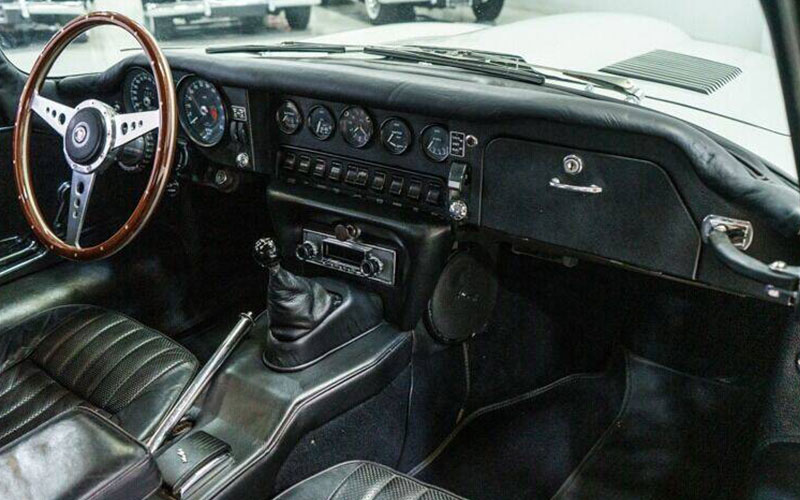
Jaguar E-Type Series 3 models were available as either a 2-seater convertible or a 2+2 coupe. So, you basically have the option of feeling the wind through your hair or provide additional seating in the rear. The interior of the E-type is almost completely leather and the luxury workmanship is apparent. The three-spoke steering wheel and shift knob were either leather wrapped or had wood finishes.
The dashboard setup is kind of an eyesore in comparison to the rest of the interior. There’s 2 large gauges in front of the driver, 4 gauges and an analog clock across the center of the dash, below those are a series of toggle switches, and then there’s multiple warning lights scattered about.
In 2+2 models, the trunk hatch opens horizontally rather than vertically and offers moderate cargo. In convertible models, the trunk opens normally here and makes the cargo area much shallower. The convertible E-type could probably haul some picnic items and croquet, but trips to the grocery store and on vacation are more suited for the 2+2.
Datsun 240Z vs Jaguar E-Type: A Matter of Tastes
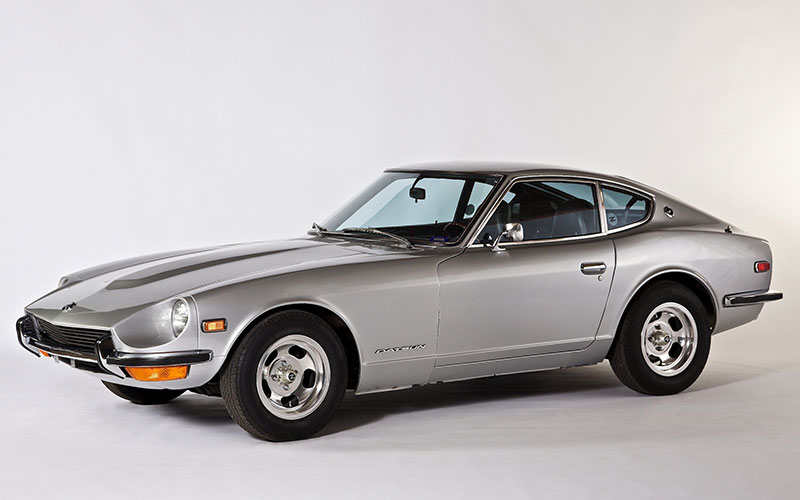
The Datsun 240Z was created for the everyman that just wants a fun sports car without paying an arm and a leg. The Jaguar E-Type Series 3 pandered to the more sophisticated gear head with its posh design and large V12 engine, but it came with a higher price tag. If money wasn’t an issue back in the early ‘70s and given the choice between the two, the Jaguar E-Type would almost certainly be the obvious choice. It didn’t get nearly as good of gas mileage as the 240Z, but that wouldn’t be a major talking point until the later part of the decade. The E-Type was faster, more luxurious, and had better notoriety attached to its name.
If you’re looking to buy one of these classics today, it all comes down to how much are you willing to spend and what you actually want to do with the car. You can find some well-maintained or restored Datsun 240Z models around the $20,000 range or even explore “well-loved” ones for under $10,000. There’s been a resurgence in the love for this old Datsun, so finding replica or alternative aftermarket parts is relatively easy. It’s an affordable project car that can be driven without a care in the world.
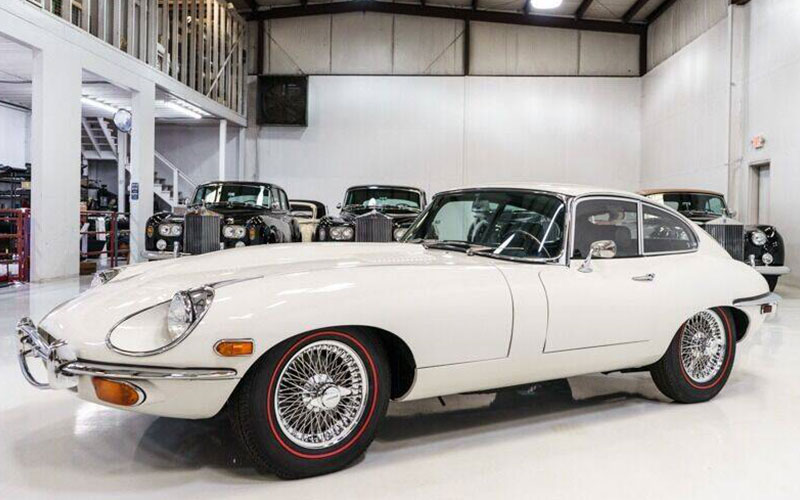
The Jaguar E-Type Series 3 still carries a high price, but it’s also considered the “entry level” when shopping from the E-Type line. The market for E-Type Series 3 models can range from $40,000 for ones in moderate shape to over $120,000 for pristine examples. Spending that kind of money on a classic typically keeps it in a climate-controlled garage only to be seen for car shows. Although, those that actually buy the E-Type to experience driving the car day to day will enjoy every penny put into it.
So, are you looking for a fun car on the cheap or a car that demands you wear driving gloves while behind the wheel since you paid an arm and a leg for it? Either way, you’ll be turning heads at your local cars and coffee.


